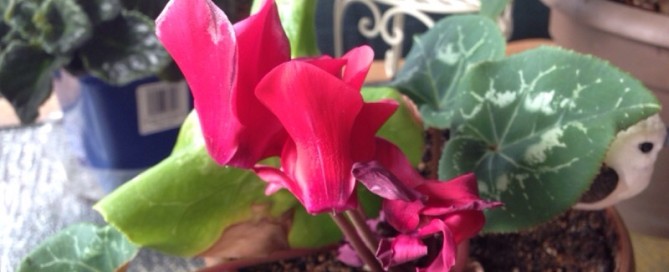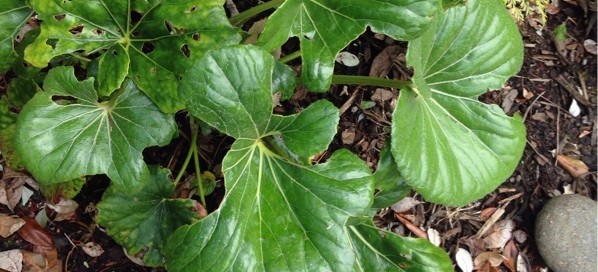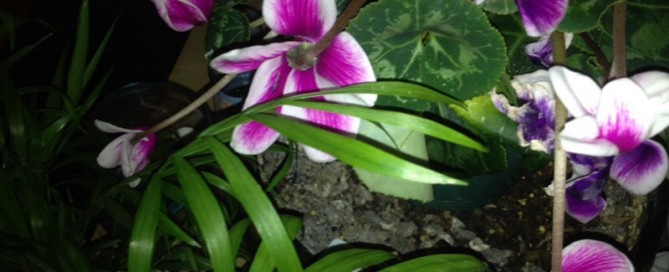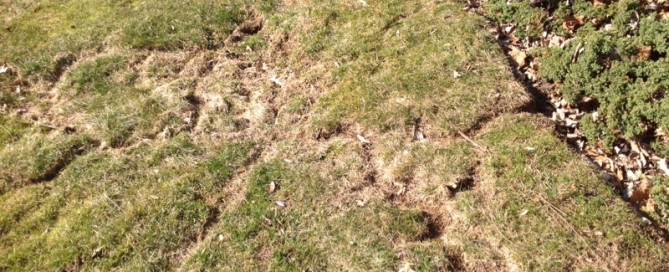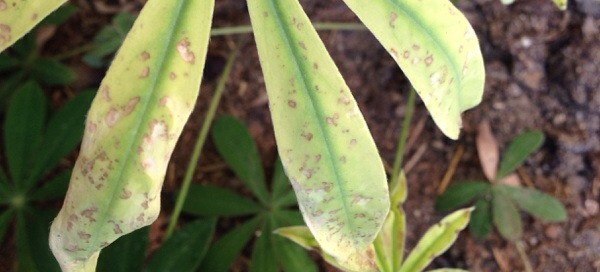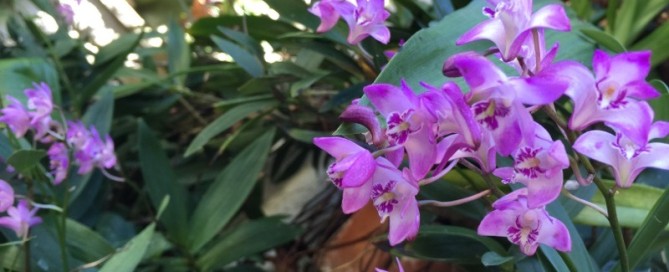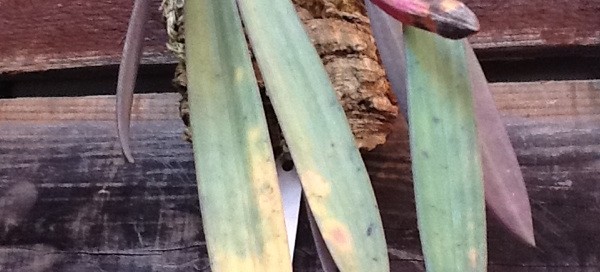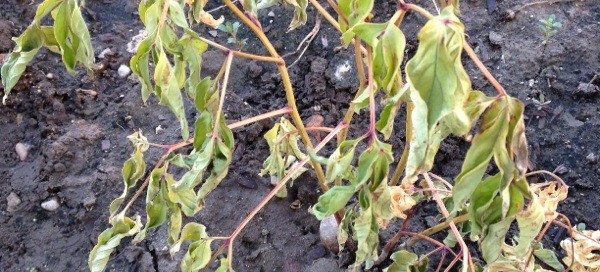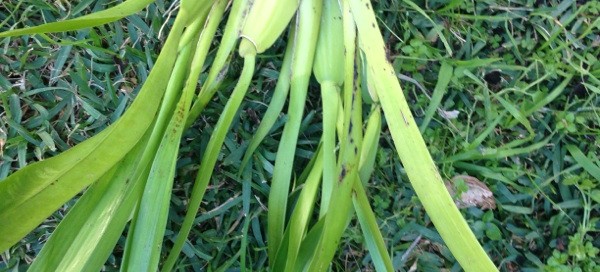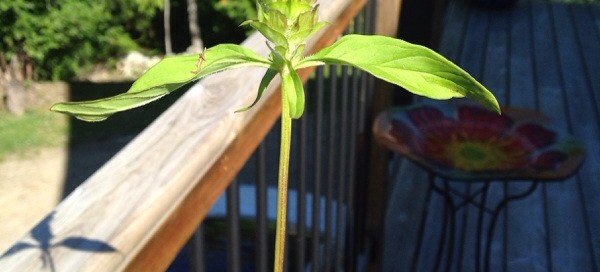Cyclamen
Your plant belongs to the Cyclamen genus of which there are many species and hybrids. A native of Europe, the Mediterranean region and Asia, these plants are prized for their flowers and attractive clumps of green or variegated foliage. Depending on the cultivar, the flowers look like shooting stars or butterflies and come in hues of pink, red, magenta, white or bi-colors. In your area does best in partial shade or filtered light. Water when the top of the soil feels dry. Continue to care for Cyclamen until the foliage yellows and dies back. From tubers, it will go dormant in the summer, but will return in the cooler seasons. These can be tricky to re-bloom: let the bulbs rest in their pots for about a month and then begin watering again.
